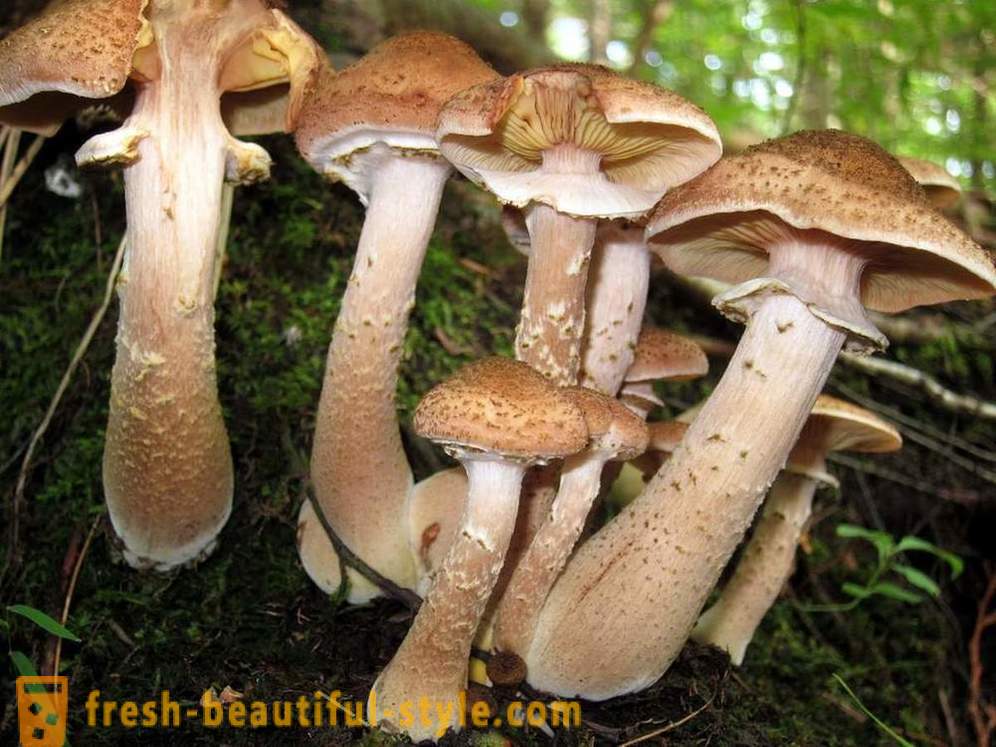10 amazing organisms that live incredibly long
Not just long-lived, and superdolgozhiteli. BigpPikcha offers a list that will surprise you: on our planet live such creatures, which a century - no time!


1. The radiated tortoise (188 years)
Radiated tortoise - champions of formally documented age among reptiles. Turtle Tui Malila, according to legend, presented to the chief of the island of Tonga by Captain Cook, he lived for 188 years, died in 1965. Radiated tortoise found only on Madagascar and on the brink of extinction.

2. Greenland whale (211 years)
Initially it was thought that bowhead whales live for about 70 years. But then in the body of one of them on the tips of harpoons beginning of the XIX century have been discovered! Other studies based on the study of amino acids in the eyes and teeth of the whale, confirmed these data - bowhead whales can live for more than 200 years old, making them the champions among mammals.

3. Shellfish species Arctica islandica (500 years)
Arctica islandica Clams look like the most ordinary shells. But looks can be deceiving - counted the rings on the shell of shellfish, biologists found that they live more than 300 years. The prize for longevity got mollusk, named Ming - 507 years. This is an absolute record among the organisms do not live in colonies.

4. Mushrooms (2400 years)
In 2003, the scientific community stirred up the opening of the colony Armillaria solidipes fungus (Armillaria Solidipes) age over 2,400 years. The fungus is underground, covering approximately 5 square kilometers, and is considered one of the oldest inhabitants of the Earth.

5. Pinus Longaeva (5000 years)
Pinus Longaeva relatively small conifer, often bent at odd angles. Unpresentable appearance does not play any role, given the ability of these pines live millennium. The oldest of the found tree named Methuselah, the year 5062 - in fact, it is the same age as many of our oldest civilizations.

6. Larrey's Tridentata (11 000 years)
Larrey's Tridentata - shrub whose leaves have medicinal properties. In 1970, Frank Vasek discovered that a ring-shaped bush in the Mojave Desert is one of the body - the so-called "clonal colony." bush branches can only live a couple of hundred years, but the root system is practically eternal.

7. The bacteria (34 000 years)
In the mid-90s a group of scientists announced that they had managed to revive the colony of bacteria extracted from immured in amber bees age of 40 million years. In 2000 he did the same with the bacteria 250 million years from the salt crystals. These statements have yet to be verified. Officially confirmed the age of the strain of bacteria will still shakes - 34 thousand years.

8. Populus tremuloides (80 thousand years)
Colony, consisting of clones - the surest way to immortality, and Populus tremuloides clearly realized this. Individual poplar do not live more than 130 years, but the clonal colony, known as Pando there for 80 000 years, continually growing new "children".

9. Posidonius (200 thousand years)
Posidonia - a plant of the genus "seagrass", native to the Mediterranean. Taken from one of the types of Posidonius - Posidonia oceanica - DNA samples showed that the plant is able to live a colony of 100 to 200 thousand years. The existence of this longevity is seriously threatened by global warming and development of sea shores.

10. Medusa Turritopsis dohrnii - presumably immortal being
Many jellyfish polyps start out as fixed, but Turritopsis only capable of reconversion. If they are in danger of dying, including from disease or old age, Turritopsis simply returned to the polyp stage, the budding of new clones of itself.
And this cycle can go on forever.













































